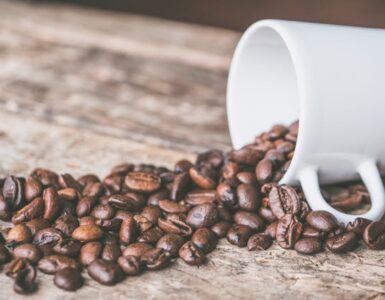India has a historical connection and cultural significance with Vultures, fondly known as nature recyclers because of the work they do in the natural ecosystem.
In an ancient Indian scripture, Ramayan, vulture Jatayu, is sacredly mentioned for his sacrificial role in saving Sita (wife of Lord Ram) from the demon king Ravana when he was forcefully taking her to Lanka.
To commemorate the sacrifice, India hosts Jatayu Earth Centre, the World’s largest bird structure built in Kollam, Kerala. The mammoth statue measuring 200-foot-long, 150-foot-wide, and 70-foot-high is a major tourist attraction.
However, like in many parts of the world, vultures in India are threatened or endangered due to habitat loss and poisoning.
Yes, poisoning, it is not that vultures are specifically picked and poisoned. The rise in the use of veterinary diclofenac, an anti-inflammatory drug for cattle in the early 1990s, caused a decline in the vultures in India. A vulture that feeds on a carcass with diclofenac residue can develop diseases and, within weeks can die.
In India, 9 out of 20 different species of Vultures are found, including the Oriental White-backed Vulture, Long-billed Vulture, Slender-billed Vulture, Himalayan Vulture, Eurasian Griffon Vulture, Red-headed Vulture, Egyptian Vulture, Bearded Vulture, and Cinereous Vulture.
In the mid-1990s, the population of three major species of vulture in India, slender-billed, white-backed, and long-billed plummeted by more than 95%.
In August 2006, the Drugs Controller General of India put restrictions and control on the use, sale and manufacture of diclofenac. The Government of India has restricted the vial size of the drug diclofenac to 3ml to prevent its misuse in treating livestock.
In addition, the over-counter sale of veterinary non-steroidal anti-inflammatory drugs was disallowed without prescription; pharmacy surveys were made to check for the sale of diclofenac drugs for veterinary use; targeted advocacy and awareness programmes, etc. were also undertaken.
Alternative drugs for veterinary use – Meloxicam and Tolfenamic acid which are found safe for vultures are now widely used across the country.
The Ministry of Environment, Forest and Climate Change and Central Zoo Authority, in collaboration with state governments, have established vulture breeding centres under the species recovery programme.

Notable breeding centres include the Pinjore Vulture Breeding Centre in Haryana and Rajabhatkhawa Vulture Conservation Breeding Centre in West Bengal, where vultures are raised in captivity and subsequently released into natural habitats.
The Pinjore Vulture Breeding Centre investigate the dramatic declines in the population of vulture species from looming extinction. It is a collaborative initiative between the Haryana Forest Department and Bombay Natural History Society.
In 2023, Pinjore Centre released Oriental white-backed Vultures in the wild. The released birds are closely monitored with satellite transmitters to look for any behaviour problems and ensure that they adjust well to the wild conditions such that there is no mortality due to diclofenac poisoning.
Recently, a new facility named Jatayu Conservation and Breeding Centre was opened in Gorakhpur, Uttar Pradesh. The centre aims to improve the population of the vulture species, which are struggling for survival due to various causes.
The population of the vultures in India in specific regions and habitats is not assessed. States and Union Territories in India have carried out population assessments of vultures in their respective states at different times.
The estimated population of vultures of Long-billed Vultures (Gyps indices) is 26,500, Slender-billed Vultures (Gyps tenuirostris) is 1000, and White-backed Vultures (Gyps bengalensis) is 6000.
Vultures play a crucial role in the natural ecosystem by feeding livestock carcasses. In India, with a huge cattle population, vulture extinction can trigger a sanitation and health crisis.
Therefore, vulture conservation is not only culturally significant but ecologically as well.






Add comment